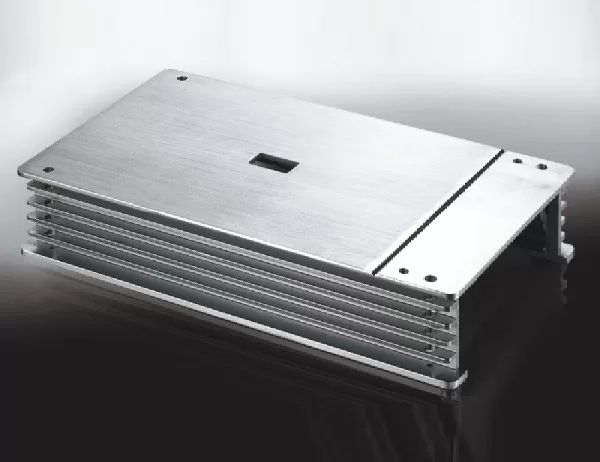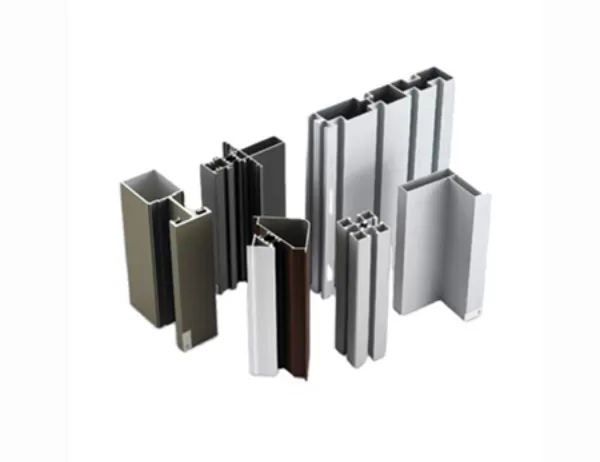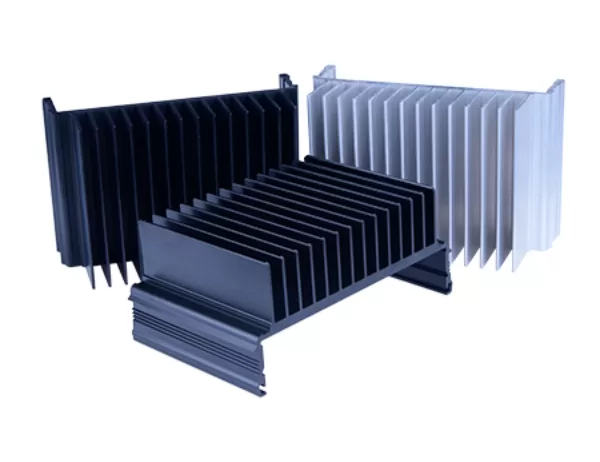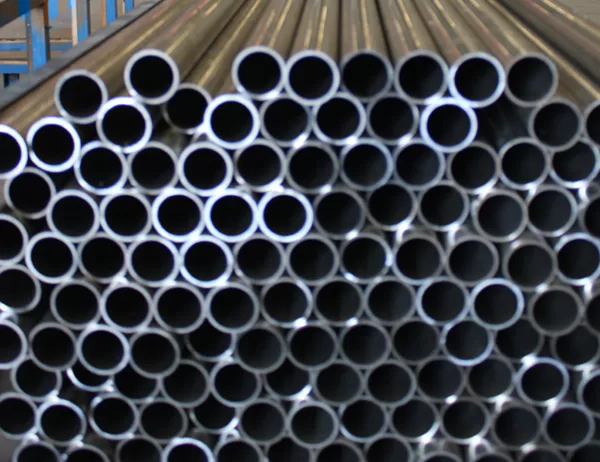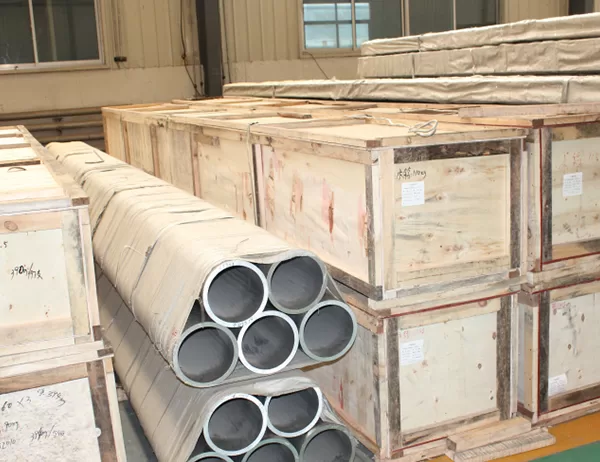Aluminum molding profiles, with their versatility and adaptability, offer boundless possibilities for creating customized designs. By tailoring dimensions to specific requirements, architects, designers, and manufacturers can achieve intricate and visually stunning results. This article explores the various aspects of aluminum molding profiles and their tailored dimensions, empowering professionals to unlock the full potential of this versatile material.
Aluminum molding profiles are precision-engineered to meet exacting specifications. State-of-the-art machinery and advanced manufacturing techniques ensure that each profile conforms to the desired dimensions, tolerances, and surface finishes. This precision engineering enables designers to create intricate patterns, sharp angles, and complex geometries with unwavering accuracy.
The width and height of aluminum molding profiles can be tailored to suit specific design requirements. Narrow profiles provide a sleek and subtle accent, while wider profiles create a more prominent visual impact. Similarly, taller profiles add depth and dimension to a space, while shorter profiles maintain a more understated presence.
The thickness of aluminum molding profiles plays a crucial role in both structural integrity and aesthetics. Thicker profiles offer enhanced strength and durability, making them suitable for load-bearing applications or areas with higher traffic. Conversely, thinner profiles provide a lighter and more delicate appearance, ideal for decorative or ornamental purposes.
Aluminum molding profiles can be curved or radiused to create graceful and organic shapes. This versatility allows designers to incorporate flowing lines, gentle bends, and sweeping curves into their designs. Curved profiles can add a touch of elegance and sophistication to any space, enhancing the overall aesthetic appeal.
Mitering and angling aluminum molding profiles involves cutting them at precise angles and joining them to form corners or intricate patterns. This technique enables the creation of complex geometric shapes, such as picture frames, crown moldings, and decorative borders. The ability to miter and angle profiles opens up a wide range of design possibilities.
Aluminum molding profiles, with their tailored dimensions, offer unparalleled flexibility and customization. By carefully considering the width, height, thickness, curvature, and angles of these profiles, designers and architects can unlock the full potential of this versatile material. From intricate patterns to flowing curves and elegant angles, aluminum molding profiles empower professionals to create truly unique and unforgettable designs.
